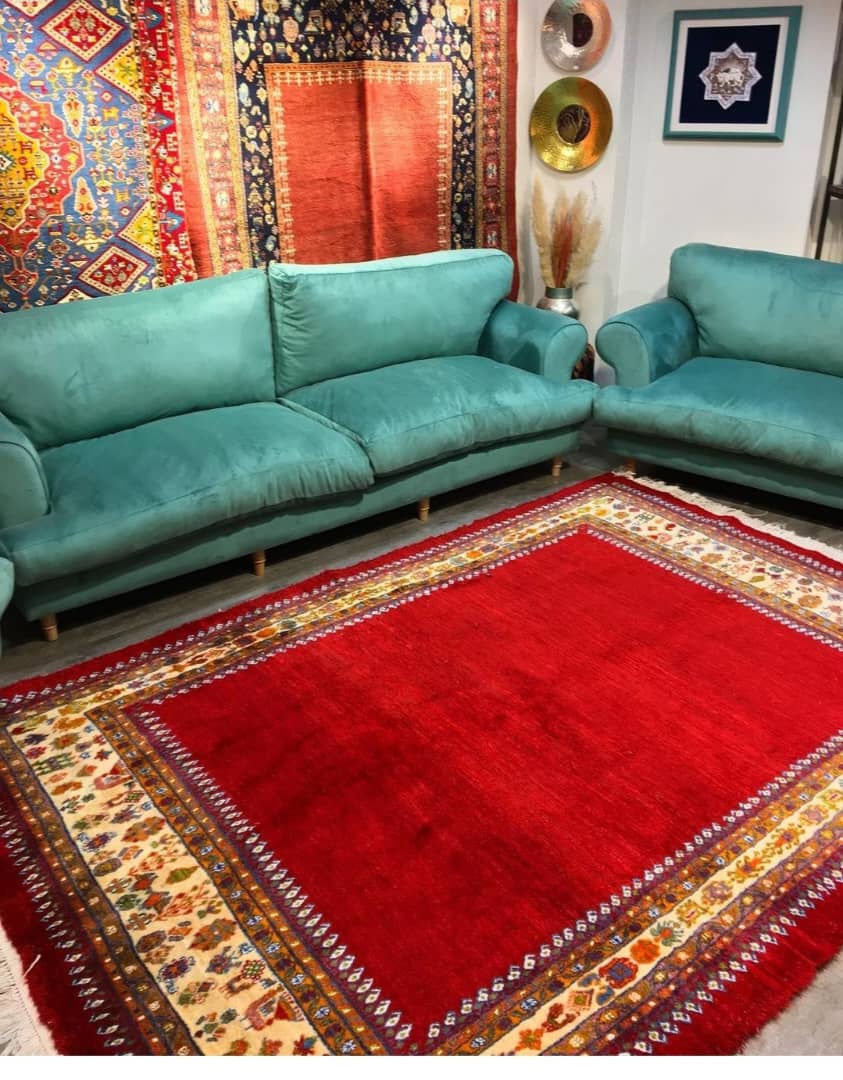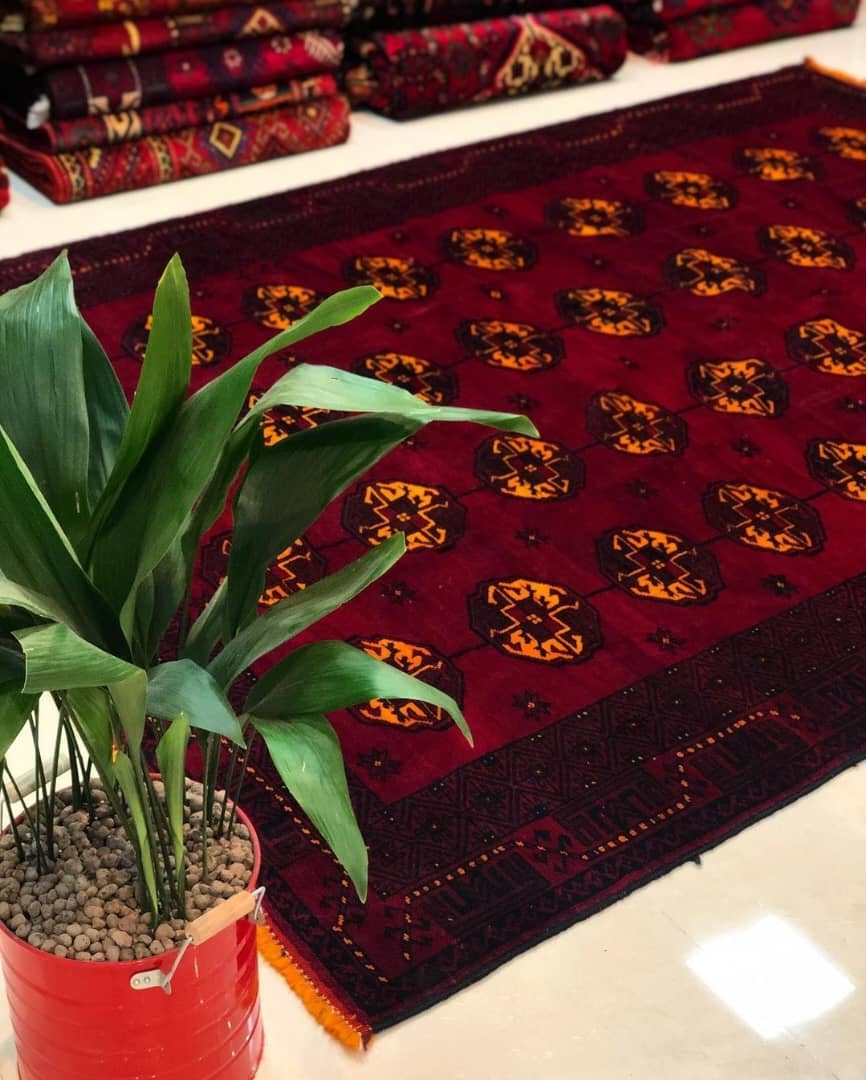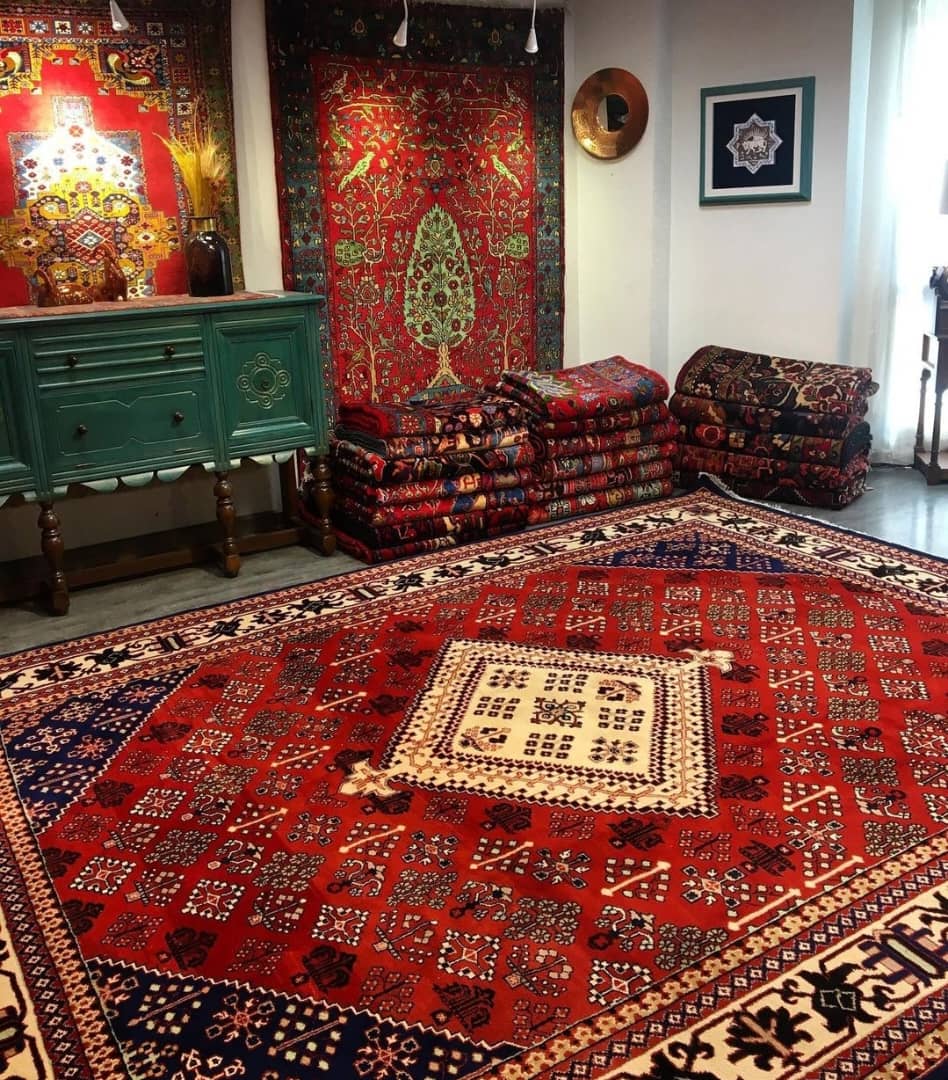How Are Persian Rugs Made?
Persian rugs, also known as Persian carpets, are meticulously handcrafted using traditional techniques that have been passed down through generations. Here is an overview of how Persian rugs are made: What is the best type of Persian rug ? How Are Persian Rugs Made ? shop carpet

1. Selection of Materials:
- Wool: High-quality, locally sourced wool is the most common material used in Persian rug making. The wool is sheared from sheep, washed, and sometimes dyed using natural or synthetic dyes.(handmade carpet)
- Silk: In some cases, silk may be used to create fine and luxurious Persian silk rugs. These rugs are highly prized for their intricate designs and shimmering textures.
2. Design and Pattern:
- Persian rug designs are often complex and intricate. Master weavers and designers create the rug’s pattern, which may include floral motifs, geometric shapes, medallions, and intricate borders. The design is often drawn on a graph paper known as a \”cartoon.\”
3. Knotting Techniques: silk carpet
- Persian rugs are traditionally woven using two primary types of knots: the asymmetrical (Persian) knot and the symmetrical (Turkish) knot. The choice of knotting technique can vary by region and style.
- The weaver ties knots by looping the wool or silk fibers around the warp threads (vertical foundation threads) and then securing them with a weft thread (horizontal foundation thread). This process creates the pile of the rug.

4. Weaving Process:
- Weavers work on a loom, which consists of a frame with warp threads stretched vertically. The weaver uses the cartoon as a guide, following the intricate design and knotting the fibers accordingly.
- Rows of knots are tied across the warp threads, and weft threads are inserted between each row to secure the knots and create a tight, durable structure.
5. Pile Height and Density: pictorial carpet
- The density of knots per square inch (or knot count) can vary depending on the machine carpets.‘s intended quality and design. Higher knot density generally results in finer details and a more intricate pattern.
- The pile height of the rug is determined by the length of the wool or silk fibers used in the knots. It can also affect the rug’s texture and appearance.
6. Trimming and Shearing: What is the best type of Persian rug How Are Persian Rugs Made
- After weaving each row of knots, the excess wool or silk is trimmed to create an even surface. This process enhances the rug’s appearance and texture.
7. Washing and Finishing: handmade carpet
- Once the rug is complete, it undergoes a thorough washing process to remove any residual dirt, grease, or natural oils. This process can also help set the dyes and brighten the colors.
- After washing, the rug is left to dry naturally in the sun.

8. Final Touches:
- Skilled artisans may add finishing touches, such as fringe or decorative edges, to complete the silk carpet.
9. Inspection and Quality Control:
- Each rug is carefully inspected for quality and consistency, ensuring that the design is accurate, the knots are secure, and the colors are vibrant.
10. Trademark or Signature: Handicrafts
- Some rugs may bear a trademark or the signature of the master weaver, adding to their authenticity and value.
The entire process of creating a Persian carpets is labor-intensive and requires a high level of skill and expertise.
Persian rugs are not only functional floor coverings but also intricate works of art that reflect the rich cultural heritage and craftsmanship of Iran.

What is the best type of Persian rug?
Determining the”best” type of Persian carpets depends on various factors, including personal preferences, intended use, and budget.
Persian rugs come in a wide range of styles, designs, materials, and sizes, each with its unique characteristics.
Here are some factors to consider when choosing the best type of Persian rug for your needs:
- Design and Style:
- Persian rugs are known for their diverse designs, which can include floral motifs, geometric patterns, medallions, and more. Choose a design that complements your interior decor and personal taste.
- Materials:
- Persian rugs are typically made from wool, silk, or a blend of both. Wool rugs are durable and suitable for high-traffic areas, while silk rugs offer a luxurious feel and intricate designs.
- Region:
- Different regions of Iran produce distinct styles of Persian rugs. Research the characteristics and designs associated with specific regions, such as Tabriz, Isfahan, Kashan, Nain, Kerman, and Shiraz, to find one that resonates with you.
- Size:
- Consider the size of the rug you need for your space. Persian rugs come in various sizes, from small accent carpets to large room-sized carpets. Measure your space and determine the ideal dimensions.
- Knot Density:
- Knot density, or the number of knots per square inch, can affect the level of detail and intricacy in a Persian carpets . Higher knot density often indicates finer craftsmanship.
- Budget:
- Persian rugs vary widely in price, depending on factors like size, materials, knot density, and design complexity. Set a budget before shopping to help narrow down your options.
- Intended Use:
- Consider where you plan to place the rug. If it will be in a high-traffic area, a durable wool rug may be a better choice. For decorative purposes, you might opt for a silk or silk-blend rug.
- Color Palette:
- Persian rugs come in a wide range of colors. Choose a color palette that complements your existing decor or serves as a focal point in the room.
- Maintenance:
- Be aware of the maintenance requirements of the rug you select. Some materials and designs may require more care and cleaning than others.
- Authenticity and Quality:
- Purchase from reputable sources or dealers to ensure you are getting an authentic Persian rug of high quality. Look for certificates of authenticity and ask about the rug’s provenance.
Ultimately, the best type of Persian carpets is the one that aligns with your aesthetic preferences, suits your space, and fits within your budget.
Each Persian rug has its unique charm and character, and the \”best\” choice is a subjective decision based on your individual needs and preferences.
